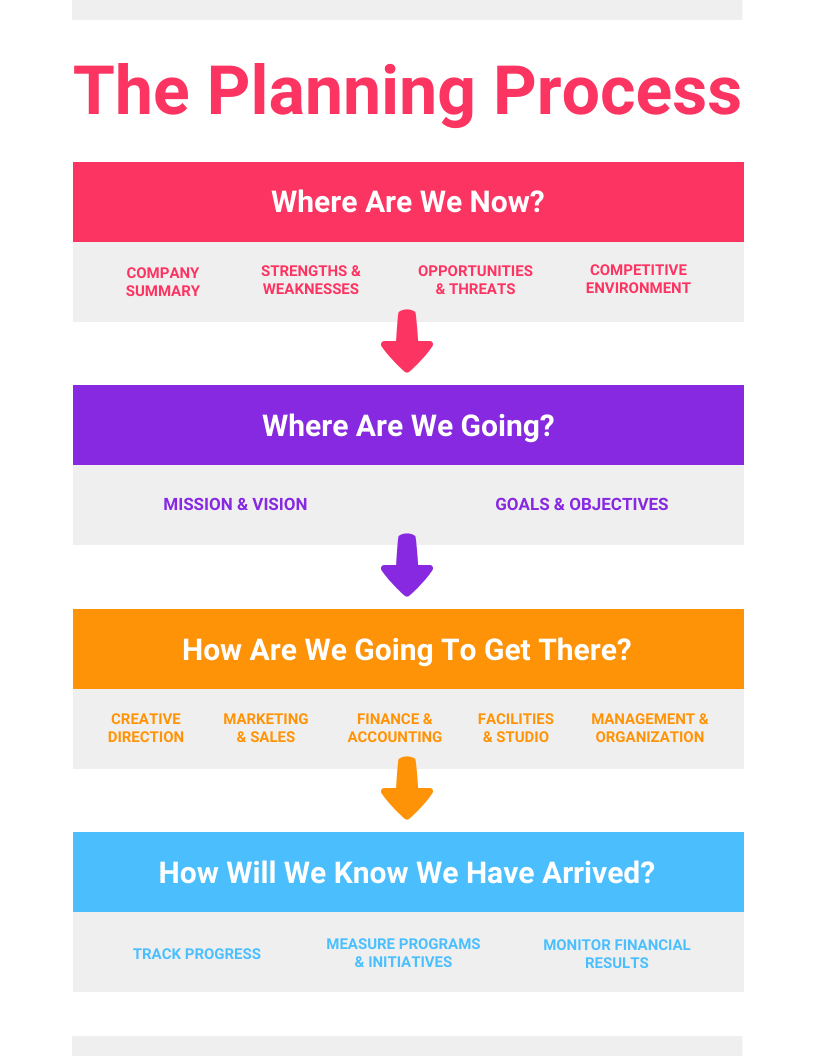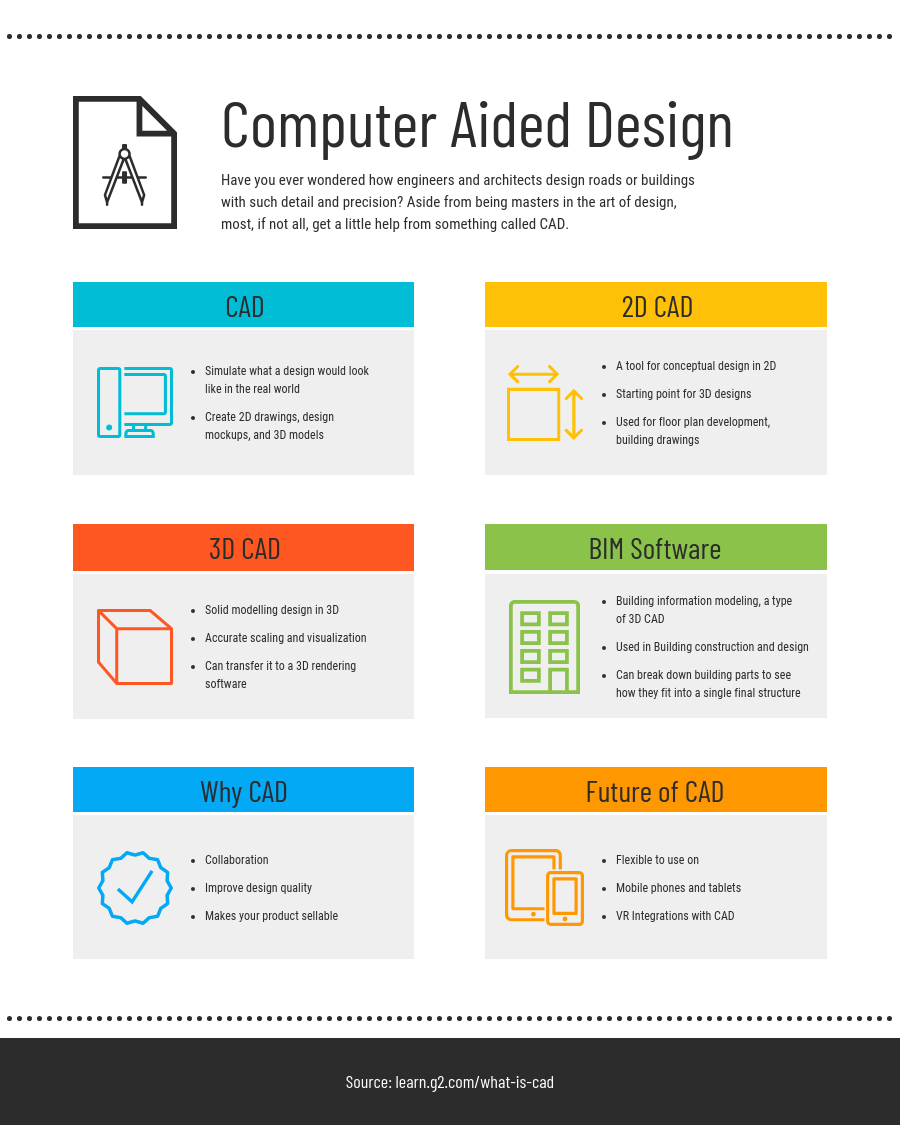Anxious employees. Falling profits. Unhappy customers. Huge organizational changes.
A crisis has hit and your business needs to respond–now.
That’s where a crisis communication plan comes in; it allows your company to quickly and effectively keep all stakeholders informed in the event of an emergency.
Crisis management plans, such as an emergency response plan, help prevent loss of life and mitigate the impact of lost revenue.
In this post, we’ve put together a package of free crisis communication and management plan templates for leaders to ensure your company is prepared to weather any storm.
Crisis Communication Plan Templates:
- All Company Announcement
- Leadership Team Communication
- Crisis Communication Plan Examples
- Risk Assessment Chart
- Business Impact Analysis Worksheet
- Business Continuity Worksheet
- Financial Projections Report
- Emergency Response Plan
- Emergency Preparedness Checklist
- Crisis Communication Plan FAQ
All these free crisis communication plan templates can be customized with our online drag-and-drop editor. Sign up to use the tool is also free.
Send all-company announcements as part of your business’s crisis communication plan
In a time of crisis, it’s even more important to stay in touch with your entire company. Communicating from the top is crucial in this challenging time.
Adapt the below template to send to your employees:
Design Tip: Our drag-and-drop editor lets you change the background color with one click. Choose from our color wheel or apply gradients, patterns and more.
Coinbase has sample crisis communications messaging you can adapt for your own business. You can also check out our other email newsletter templates.
Here’s another idea: create graphics that summarize your new guidelines so managers can easily share them in Slack or email. Employees can save them to their desktops.
Here are a few crisis guidelines you can visualize:
- Work from home policy
- Meeting guidelines: whether you plan to use Zoom, Google Meet or Microsoft Teams
- Telework security
- WHO recommendations
- Sick leave policy
- Policies around xenophobia and other stigma
- Travel guidelines
- Self-isolation or shelter-in-place policy
- Self-care recommendations, use this WHO graphic as a guide
- Most recent government recommendations
- External visitor policy
- Workplace safety guidelines
For example, you can customize the below template to outline current health policies (no handshakes, onsite health checks required etc.):
Design Tip: Swap out the icons to reflect your ideas by clicking them in our editor. Click the Replace button to access our in-editor icon library.
Try a process infographic to outline a standard operation, like steps to washing your hands:
This infographic works well to deliver tips to employees on working remotely or staying healthy (mentally and physically):
You may also need to communicate revised timelines:
Check out our post on remote team communications for more templates.
You can also refer to our post on how to make an infographic in 5 steps for practical design tips.
Include regular updates to management in your crisis communication plan
Other than communicating with your entire team, it’s also important to stay in close contact with your management team and send them personalized instructions to get them through this challenging time.
Your managers will play a crucial role in:
- Clarifying goals
- Setting routines (whether your company is going fully remote or otherwise adapting)
- Answering questions about new policies
It’s important to guide them on how to communicate with their team. It’s an enormous responsibility and one you need to guide them through carefully. And don’t forget to keep them abreast of the company’s legal responsibilities during this time.
Try putting your recommendations in a one-page graphic that they can save to their desktop and refer back to:
Design Tip: Upload your logo and easily drag it into any of our crisis communication plan examples. Grab the edges of the bounding box to resize.
You can also adapt either of the below templates to include your crisis communications guidelines:
Design Tip: Try making each different section a list of recommendations such as “guidelines for 1-on1s” and “team rituals to implement.”
Review our leadership infographic templates or templates to help marketing teams to go remote for more ideas.
Use a crisis communication plan to keep outside stakeholders informed
In an ideal world, your company would have a crisis communication plan in place before an emergency hits.
That said, even if a crisis is in its initial stages you may still have time to put together a plan to help you mitigate the impact on your business, especially if you use a communication plan template.
A crisis communication plan is a business’s blueprint for how they will communicate if an emergency or other crisis strikes. It should contain how a company intends to communicate and who it needs to communicate with, according to Ready.gov.
A crisis communication plan should contain the following:
- Purpose of the plan
- Who can activate the plan and what circumstances would allow them to do so
- Steps to take re: internal and external communication
- Who is responsible for what channels of communication (email, Twitter, intranet, press release etc.)
This crisis communication plan template will help you create your own:
Design Tip: Click any of the text boxes to add your own words to any of our crisis communication plan examples. Change the font, size and color with a couple of clicks. No design experience required.
You can also customize this consulting template to write a crisis communication plan:
Design Tip: Simply change the headers and table of contents. About Us can become the purpose of the crisis plan. Project Summary can become activation criteria.
Check out our other consulting report templates and letterhead templates for more ideas. Nonprofits will find our nonprofit crisis communications templates helpful.
You can also use this mind map to have a quick visual reference. Put the crisis in the center, the stakeholders in the next set of nodes and the appropriate response in the smallest nodes.
You can also use a flow chart to help visualize your crisis plan:
Be sure to get your crisis communication plan authorized by management and legal so it can be deployed quickly in the event of a crisis. There may be a directive to shelter in place and getting approvals will be more difficult.
Do a risk assessment to see what hazards could impact your business
A risk assessment looks at hazards that could face your business and what impact they’d likely have. It’s an integral part of a complete crisis management plan.
This risk assessment example will help you determine which risks your business faces, what assets are at risk as a result and the potential impacts to your business as a result:
Design Tip: In the editor, double click on the chart to edit it like a spreadsheet–we’ll resize the cells for you. Or add a link to your Google Sheets spreadsheet and we’ll automatically import the data.
Hazards can include hurricanes, pandemic and fire. And no two individual hazards will be alike, due to when the incident happens, where it happens and the magnitude of the hazard.
For example, a panademic’s impact will be contingent on the nature of the virus, government reaction to its spread, whether people obey a stay-at-home or shelter-in-place order, time of year (warmer climates may inhibit its spread) etc.
Use a business impact analysis to understand how you can recover from a crisis
A business impact analysis looks at the consequences of a disturbance to normal business operations and collects the data necessary to pull together possible recovery strategies, as well as prevention and mitigation strategies.
The scenarios that cause this disturbance can be identified in a risk assessment. Customize this business impact analysis template to make your own:
A business impact analysis worksheet should help you assess:
- When and how long an emergency would take to have the greatest financial impact
- Operational impacts, which will depend on your business (customer defection, lost sales, overtime labor etc.)
- Financial impact due to operational impact
Once you’ve analyzed the impact to your business, use this template to figure out a strategy to boost sales or at least mitigate the impact:
Use a business continuity plan template to see what resources you need to weather a crisis
A business continuity plan ensures that a company is prepared to continue business even in the event of a crisis.
A business continuity plan has four components:
- A business impact analysis
- Identifying resources needed for recovery strategies
- Developing a crisis plan
- Exercises and testing
In short, a business continuity plan looks at what crisis could impact a company, what resources are needed to combat a crisis and any current gaps in resource requirements.
This business continuity plan template will help you pull together all these considerations:
Design Tip: Our easy table editor lets you add and delete columns and rows in your crisis management plan with a couple of clicks–it’s just like using Excel or Google Sheets. You can also automatically import your Google Sheets data by pasting in your document link.
A financial projections template is essential to reassess profit in the wake of a crisis
In the wake of a crisis, your business’s finances may be in jeopardy. You may be facing not only lost revenue but extra expenses as well.
It’s prudent to reassess your revenue in light of projected disruption to your normal operations and see exactly how much profit will be reduced.
A financial projections template will help you present your findings to less financially-literate stakeholders:
Design Tip: Our simple chart editor lets you edit any of the charts in our templates easily. Double click any chart and add new data, change the colors etc. We’ll adjust the chart automatically for you.
After all, insurance or government measures to mitigate the loss to businesses will likely not cover all loss to revenue. And if your competitors somehow escape impact, then you will certainly face the impact of loss of customers or clients to this competition.
Once you’ve made your projections, check out the U.S. Small Business Administration’s disaster loan assistance for small businesses and private nonprofits, if need be, as well as the small business interruption loan program.
Draft an emergency response plan to protect the lives of your employees
An emergency response plan starts with a risk assessment and then identifies resources you need to react to the emergency and procedures and plans you can put in place to prepare your company for an emergency.
Life safety should be the focus of any emergency response plan, followed by neutralizing the emergency and softening the effects of damage.
Your emergency response plan should contain the following:
- Goals of your crisis plan
- What an emergency response team should do during an emergency
- Any regulations that must be considered, like a fire code.
- An evacuation plan
- Severe weather/tornado sheltering plan
- Lockdown plan
- Medical emergency plan
- Fire emergency plan and fire protection services
- Emergency response team members
- Public emergency service contact information
- Warning systems and communications available
This emergency response plan template has all the essentials to craft a comprehensive strategy:
Design Tip: Copy any page in this crisis management plan or click “add page.” Follow our table of contents’ guidelines on page two to built a complete crisis plan.
You can also include the key points of your plan in a one-page emergency response plan:
FEMA.gov has excellent resources to help your business prepare further for an emergency.
Review an emergency preparedness checklist
Assess how ready your business is for an emergency with a simple emergency preparedness checklist.
Need help developing crisis management plans? Discover our risk assessment example, business continuity plan template and emergency response plan template.
Design Tip: Open our icon library in our drag-and-drop editor to drag in check marks. Or print out the checklist (paid plans only, learn more on our pricing page).
Or try a decision tree to decide on how to react in what scenarios:
You can also use this org chart to determine succession i.e. who’s responsible for what in the event that a member of the team is unavailable.
Remember, a crisis management plan will only work in a crisis situation if the team members receive adequate training beforehand and get to practice their decision-making in a mock crisis situation.
Crisis response guidelines and the team’s decision making ability must be tested before an actual emergency occurs.
You can also use this simple timeline template to outline your crisis management plan:
Check out our other project plan templates to help visualize your strategy.
Crisis Communication Plan FAQ:
What is a crisis communication plan?
A crisis communication plan is an internal document a company uses to prepare for an emergency or other crisis. It contains a blueprint so that a business is prepared for how to communicate with stakeholders when a crisis happens.
These stakeholders can include the media, general public, customers, clients, suppliers, partners and employees.
The crisis communication plan should address:
- What needs to be done as soon as the crisis happens.
- Who needs to be reached and how
- How to prevent the crisis from reoccurring (if applicable)
Overall, the goal of a crisis communication plan is to prepare a company to react quickly to a crisis and deploy the necessary information rapidly. It should also ensure that all company messaging is aligned and consistent.
While a business’s response will vary based on exactly what the crisis is, write a blueprint that can be adapted no matter the emergency at hand. A crisis communication plan template will help you include the right information.
Why do you need a crisis communication plan?
You need a crisis communication plan because in the digital age, if your company doesn’t tell its story someone else surely will–and it probably won’t be the story you want told.
And it’s not enough to simply react, you must be prepared with a crisis communication plan to respond immediately, accurately and appropriately, according to the Department of Homeland Security.
A crisis communication plan template will make sure your business has identified ahead of time which stakeholders need to be addressed and through what channels (press release, email etc.)
How do you write a crisis communication plan?
To write a crisis communication plan, you first need to identify:
- Possible crisis scenarios
- Who will form your crisis management team
- Appropriate internal and external messaging and draft potential responses
- Decide what level of response is needed for which scenarios
- What media training is necessary
- Audiences that need to be reached, such as:
- Employees
- Customers
- Suppliers
- Family of employees
- News media
- Government regulators, officials etc.
- Immediate community near a facility
- Impacted survivors and their families
Our crisis communication plan examples above are a good place to start.
What should be included in a crisis communication plan?
Here’s what should be included in a crisis communication plan:
- Risk assessment: what threats face your business, what business functions would be affected and resources needed to protect said functions.
- The crisis management team: names, emergency contact information, responsibilities
- Audience contact information (see list of potential audiences above)
- Outline alert notification system that can communicate to multiple stakeholders and is not reliant on a single network
- Establish a notification system for employees’ immediate families and caregivers of children or dependent adults.
- A system to include and train new hires on the crisis communication plan.
- A plan to set up a hidden hotline or website to activate in the event of a crisis.
Get started with our crisis communication plan templates.






























































